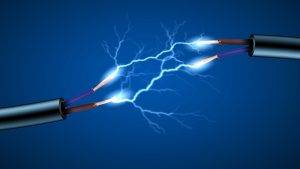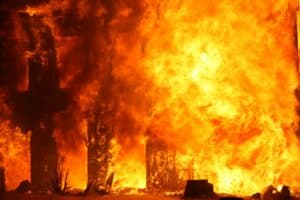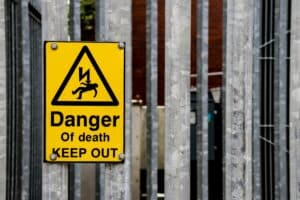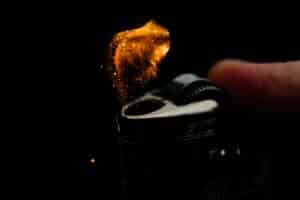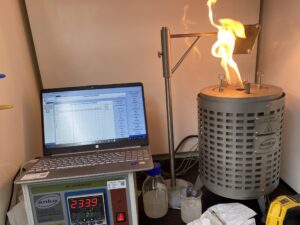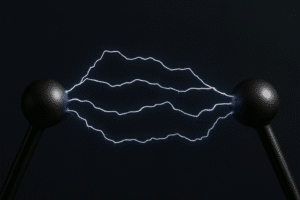Introduction
When it’s not possible to fully eliminate the fire triangle or explosion pentagon in a facility, addressing the combustible dust hazard through effective explosion protection strategies becomes essential. These measures help minimize damage and protect personnel in the event of a dust explosion.
Key Explosion Protection Methods
Depending on the hazard level and process conditions, appropriate protective features may include:
-
Explosion Containment – Using pressure-rated equipment designed to withstand internal explosions.
-
Explosion Relief Venting – Safely venting combustion gases to reduce internal pressure.
-
Explosion Suppression – Detecting and suppressing explosions in their early stages.
NFPA Requirements for Dust Collection Equipment
NFPA 654 requires that air-material separators (e.g., dust collectors, cyclones) be located outside of buildings unless specific protective measures are used. If installed indoors, they must be equipped with:
-
Deflagration vents that vent to the outside via ducts designed to withstand explosion pressures.
-
Or one of the following approved alternatives:
-
Inerting (Oxidant Concentration Reduction) per NFPA 69
-
Explosion Pressure Containment per NFPA 69
-
Deflagration Suppression Systems per NFPA 69
-
Flame-Arresting Deflagration Venting Devices per NFPA 68
-
Explosion Containment Design
Explosion containment involves designing equipment to withstand the maximum expected explosion pressure. Since dust explosions in confined spaces typically reach no more than 145 psig (10 bar), new equipment can often be built to survive this pressure without catastrophic failure.
-
Use Case: Most effective during new design or equipment upgrades.
-
Limitations: Rarely applied to existing equipment, though upgrading interconnecting ducts may be feasible.
Explosion Relief Venting
Explosion relief venting uses rupture panels or vent doors to release pressure when an explosion begins, preventing structural failure.
-
Function: Opens early during an explosion to release pressure, heat, and flame to a safe area.
-
Design Notes:
-
Vents must keep pressure below equipment’s rated maximum.
-
Vent ducts should be as short and straight as possible to reduce back-pressure and inefficiency.
-
Explosion Suppression
Explosion suppression systems are active protection systems that detect and extinguish a dust explosion in its earliest stage.
How It Works:
-
Detection:
-
High-speed pressure, flame, or heat detectors sense the initial signs of an explosion—typically within the first 20 milliseconds and at pressures below 1 psig.
-
-
Suppression:
-
The system activates suppressant bottles that discharge sodium bicarbonate powder under high-pressure nitrogen.
-
Discharge occurs through fast-opening valves and diffusers, extinguishing the flame front before dangerous pressure builds.
-
System Performance:
-
Total response time: Less than 100 milliseconds.
-
Resulting internal pressure: Typically limited to 3–4 psig, which equipment must be designed to handle.
-
Design Considerations:
-
Number and placement of suppressant bottles.
-
Equipment geometry and dust characteristics.
-
Required response time and system pressure limits.
-

Explosion Suppression Basics
Explosion suppression is highly effective but depends on system-specific design and timing. Like explosion venting, the equipment must be strong enough to contain the maximum pressure expected during a suppression event.
Conclusion
Effectively managing the risk of dust explosions requires sound engineering design, compliance with NFPA standards, and well-planned solutions. Applying the right combination of containment, venting, and suppression—core elements of combustible dust hazard explosion protection strategies—can significantly reduce the risk of catastrophic damage and protect both people and property.
At Prime Process Safety Center, we specialize in helping companies navigate combustible dust hazards through expert consulting, hazard analysis, and custom explosion protection solutions. Whether you’re designing new equipment, evaluating existing systems, or working toward NFPA compliance, our team is here to support you every step of the way.
Contact us today to learn how we can help you protect your people, processes, and facility.





